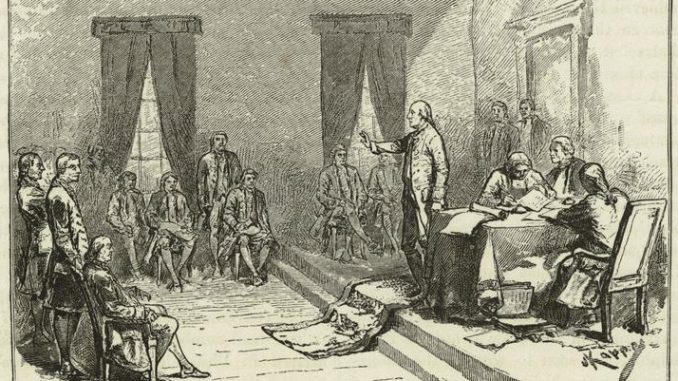
Ratification: The Need
The path to ratification of the U. S. Constitution was paved with lessons learned, obstacles and debate.
America was floundering. They had won the war to be free of the oppression of a king, but were losing the battle to organize a thriving nation.
Strongly opposed to any type of strong central government, the Founders organized America as a confederacy. The Articles of Confederation were adopted on November 15, 1777 and its ratification was completed on March 1, 1781.
The idea of a weak central government and strong State governments appealed to every American citizen, who bravely fought for America’s freedom from the King of England.
But, following the ratification, reality was now showing America that a weak central government could not establish fair trade between States or foreign lands, could not establish foreign policy with other countries, and could not fund the basic tasks required of it. When a homeland rebellion erupted, America learned it could not even defend itself without begging for assistance from State governments.
The new nation was failing under the design of a confederate-style government. (For more details about the failings of The Articles of Confederation, see The Founding Project website article “Our First Constitution.”)
Ratification: The Solution
America’s Founders sought better balance for the new nation’s government. Understanding the threat of a central government that was too strong and learning of the problems of a central government that was too weak, they repealed The Articles of Confederation and established The United States of America as a republic. The change and effort for the ratification of the new Constitution was not without challenge. Some States greatly opposed any type of central government, fearing it would become too strong. Other States readily recognized the problems caused by having a central government too limited to be of any protection for the States.
Ratification: The Challenge
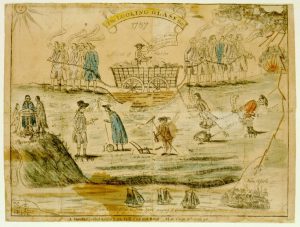
The Founders had many different political stances, but the fight to have The U. S. Constitution ratified became focused around federalists (balanced power between State and central government) and anti-federalists (strong State governments with a weak central government).
A key to agreement became centered around creating a Bill of Rights. Federalists argued that the new Constitution already protected Individual and State Rights and that attempting to list Rights might appear to limit Rights to only those listed. Anti-Federalists countered that the Constitution required a distinct list to guarantee the central government could not limit State and Individual Rights.
Leading Federalists finally concurred with the Anti-Federalists and the promise to make the first order of business the adoption of a Bill of Rights was made. James Madison wrote an original Bill of Rights with 12 (twelve) parts. The eventual outcome was the 10 Amendments now known as the Bill of Rights. (See The Founding Project website article “The Originally Proposed Bill of Rights”.)
An additional challenge came from State government leaders, who feared they would lose some of their personal power with a stronger central government.
Ratification: The Process
The delegates to the Constitutional Convention began their work to approve the new Constitution in May of 1787. A majority of the delegates approved the new Constitution on September 17, 1787 (U. S. Constitution Day).
But, before it could become the law of the land and legally establish America as a republic, the new document required approval.
The document was first brought before the U. S. Congress (the only central government entity established by the Articles of Confederation), where the authority to create a new government was debated. It was determined that the matter had to be brought to the States. Congress directed each State legislature to call “ratification conventions” in each State. For ratification, approval of nine of the thirteen States was needed for the new Constitution for it to go into effect.
It was significant that Congress chose States as the agents of ratification. This approach assured that the new Constitution’s authority came from citizens through their local representation. Avoiding debate in Congress also protected the new Constitution from having biased additions made to it that might favor one State or another.
Ratification: The Debate
Because of the extreme distrust of any central government, the debate over the ratification of the new Constitution was intense. Newspapers, pamphlets, public meetings and a variety of propaganda attempts were all used to both oppose and support the new Constitution. The most famous of the printed debates came from New York’s Governor, who wrote and opposed the new Constitution using the name, Cato. To counter the attacks from Cato, three men wrote using the name, Publius, to explain the details of the new Constitution to citizens. These three men (Alexander Hamilton, James Madison and John Jay) wrote 85 essays for New York newspapers, which analyzed the Constitution and provided explanations in response to the critics. (Later, these works were collected into two volumes entitled “The Federalist”.)
Ratification: The Results
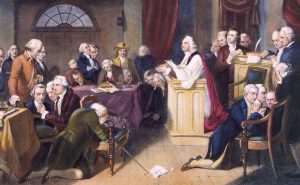
It took ten months for the first nine states to approve the Constitution. Delaware was the first to ratify with a unanimous vote in favor. The battle for ratification was much harder in Massachusetts and the promise of the Bill of Rights served as the remedy to prompt Massachusetts to ratify. Virginia and New York also approved, but with narrow margins of victory.
New Hampshire was the ninth State to ratify the Constitution, meeting the requirement for nine of the thirteen States to approve it for ratification on June 21, 1788.
When a Bill of Rights was proposed in Congress in 1789, North Carolina ratified the Constitution. Fear of being treated as a foreign government pushed Rhode Island to rethink their prior rejection of the Constitution by a popular referendum. Rhode Island then called a ratifying convention as was required or specified by the Constitutional Convention. Rhode Island became the last of the 13 States to approve the new Constitution.
The United States of America united all thirteen States under The Constitution of the United States of America, a more perfect Union.
The path of the ratification of the U. S. Constitution may have been paved with lessons learned, obstacles and debate. But, the historic end result was the most profound document of freedom and the most lasting freedom sever known to the world.
The full text of The Constitution of the United States is provided on The Founding Project website, along with the historic timeline of events around the forming of the United States of America.
-By The Founding Project Administrative Staff
Sources:
http://www.history.com/this-day-in-history/u-s-constitution-ratified https://www.archives.gov/education/lessons/constitution-day/ratification.html https://history.state.gov/milestones/1784-1800/convention-and-ratification

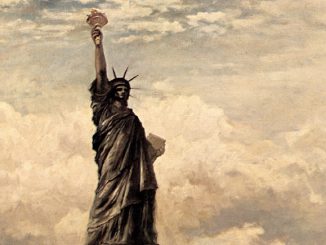

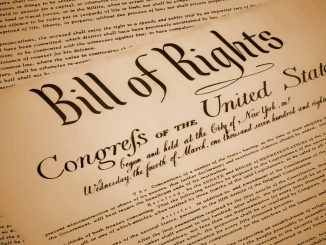
Leave a Reply